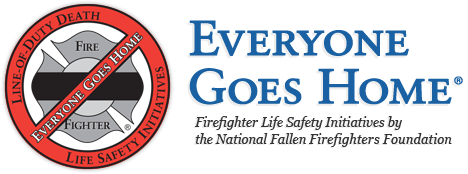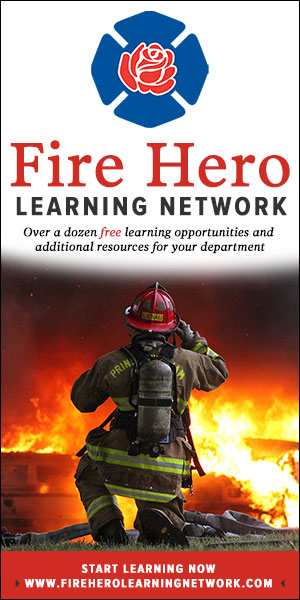From the October issue of Firehouse® Magazine
By Chief Ronald J. Siarnicki
Our hearts were heavy this past August when three wildland firefighters were killed battling the Twisp River Fire in Washington State, and two died battling fires in California. These tragedies shook their communities and saddened our nation. These devastating deaths and other injuries shed light on the overwhelming challenges our wildland firefighters endure as they strive to control the damage these fires inflict on thousands of acres of what is considered “open space.”
During TAMPA2, we discussed the evolution of wildland firefighting now as compared to a decade before with the first summit. Undoubtedly, every firefighter has a stake in wildland firefighting. It makes us better strategically when we understand the skills, resources and challenges needed to respond to and control fires under seemingly uncontrollable conditions.
As development encroaches, our wildland firefighters need to be better prepared for rapidly changing environments. They must be prepared to modify response and initial attack when a growing wildland fire infringes on a housing development or when a structure fire sets off acres of flames fueled by the wind.
Aging fleets and the challenges of maintaining ground-based resources also impact open space and wildland operations. Further, the equipment wildland firefighters are asked to carry is becoming more specialized and requires frequent modifications and updates. Unlike many structural departments, the budgets of the wildland firefighting community are not tied to one jurisdiction.
The discussions during TAMPA2 also revealed inconsistencies in adopting and implementing training standards among different fire service groups, which inhibit all of us from working together effectively. One of the biggest stumbling blocks is limited integration between wildland and structural firefighters to promote mutual understanding, particularly in areas of communications, tactics, risk management, equipment, capabilities, and policies and procedures.
As we saw this summer, the enormity of the wildfires requires increased staffing and resources. In addition to firefighters from around the country, mutual aid came from the military and firefighters from as far off as Canada, Australia and New Zealand. Their expertise in all aspects of the attack—from heavy machinery operators to task force leaders—provided invaluable support and relief. It also underlines the need for improved cross-training in structural and open space firefighting.
Other significant challenges identified during TAMPA2 included adhering to consistent firefighter medical standards; establishing a clearing house for coordinating data, research and technology; and holding all agencies accountable for meeting and following standards. Convening a summit to review findings and make recommendations for adoption and implementation was encouraged.
Further, we realized at TAMPA2 that the 16 Firefighter Life Safety Initiatives, as they stand, don’t clearly reflect the realities of wildland firefighting. More work must be done to specify a correlation, and if necessary, new initiatives added to the current 16 to be inclusive.
As a step toward better understanding and integration, the National Fallen Firefighters Foundation is working to be more involved with wildland trade shows and events, such as the 13th International Wildland Fire Safety Summit & 4th Human Dimensions of Wildland Fire in Boise, ID.
Panel discussions and presentations focused on an array of topics, including “Improving Risk Assessment through Fire Behaviors Analysis” and “Assessing Residential Wildfire Hazards and Wildland Fire Smoke Health Effects Research.” The NFFF also offered a session on Life Safety Initiative #13: Behavioral Health.
We all experience many of the same stressors, including crew cohesion, erratic schedules or concerns about health and safety. For those of us fighting fires in open spaces, these can be augmented and may require different approaches. Working in new and different areas of the country for months at a time is often part of the appeal of wildland firefighting. But being in unfamiliar territory, leaving our families for months at a time and being assigned to work with people we may not know can contribute to the pressure of the job. Proven resources for firefighters and their families to cope with and manage these stressors need to be a priority.



